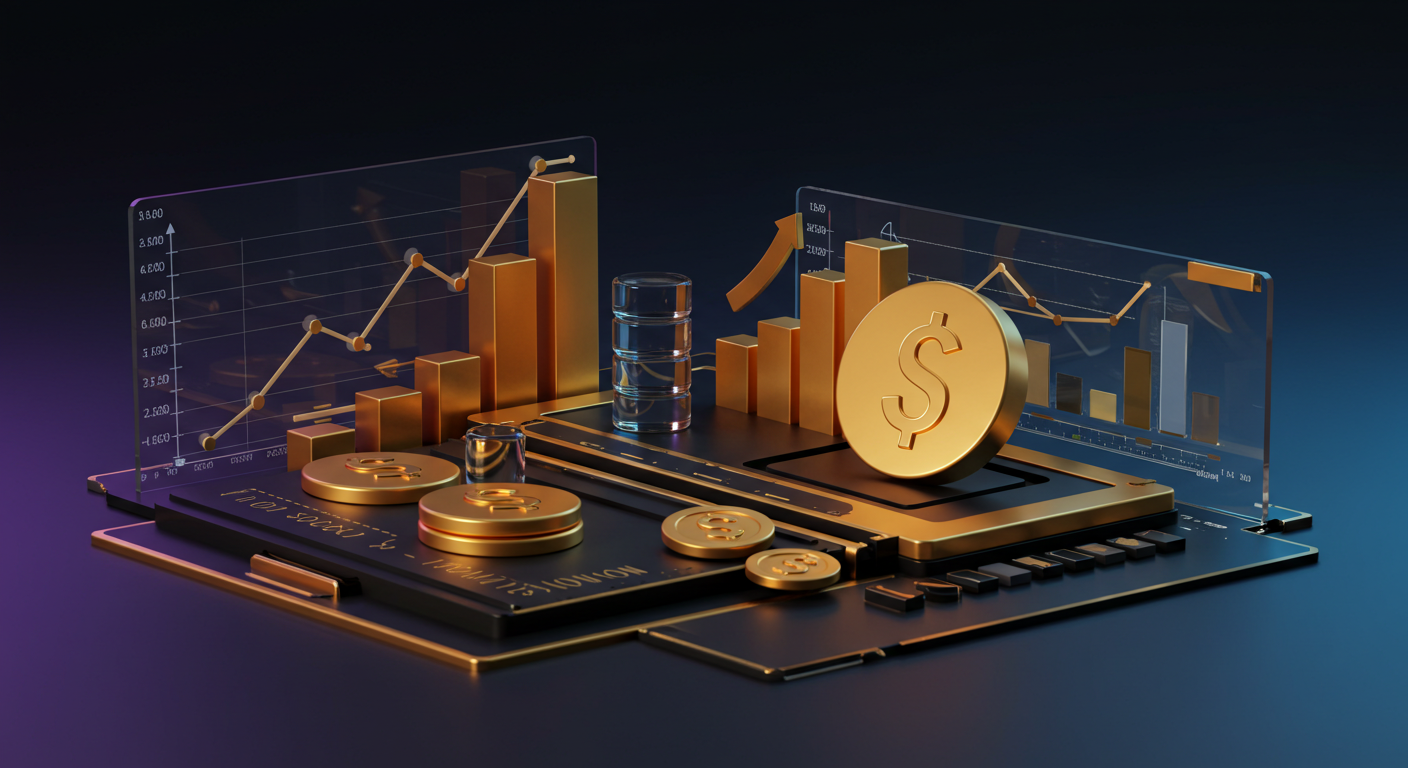
Gold prices in the Philippines increased on Monday, reaching 5,948.22 Philippine Pesos (PHP) per gram, compared to PHP 5,927.37 on Friday. Similarly, the price per tola rose to PHP 69,378.88 from PHP 69,135.63.
Prices adapt international rates to the local currency and units, updated daily based on market rates. They serve as reference points, with possible variation in local rates.
The Historical Value Of Gold
Gold is historically valued as a store of value and medium of exchange. It’s considered a safe-haven asset, a hedge against inflation, and currency depreciation, not dependent on any government or issuer.
Central banks are the largest holders of Gold, using it to fortify their currencies. In 2022, central banks purchased 1,136 tonnes valued at roughly $70 billion, the highest annual amount recorded, with rapid reserve additions from countries like China, India, and Turkey.
Gold often shows an inverse relationship with the US Dollar and Treasuries. Economic instability or low interest rates can raise Gold prices, while a strong Dollar tends to lower them. The US Dollar’s behaviour significantly impacts Gold pricing due to its dollar-based valuation.
Given the modest yet noticeable rise in local gold prices from PHP 5,927.37 to PHP 5,948.22 per gram, we’re observing a reflection of global pricing dynamics being passed through into domestic markets. The increase per tola also mirrors this pattern. These gains, albeit relatively small, tie back to broader global cues and monetary sentiment, underscoring that rates in the Philippines remain tethered to the international index – translated daily, adjusting for currency shifts and market appetite.
The use of gold as a shield – not reliant on central bank credibility or specific fiscal regimes – reinforces its function during periods of economic imbalance. In practical terms, that tells us where market participants may seek shelter when faced with persistent inflation or declining confidence in fiat currencies. Traders factoring this in will find the historical role of gold not only intact but reinforced, perhaps even more visible today than in prior cycles.
Institutional Demand And Strategies
With figures from 2022 showing that central bankers led by countries like China and Turkey amassed over 1,100 tonnes, upending decades-long accumulation trends, we get a clear read on institutional intent. These buyers are not flinching; instead, they’re accelerating. For those embedded in risk pricing via options or futures, that level of demand from institutions often carries into sentiment and volatility metrics used in short- to medium-term positioning.
Because gold’s value loosely tends to shift inversely with the Dollar and Treasury yields, any weakness in US benchmarks can provide a short-term buoy for prices. The key here is the valuation mechanism: as gold is priced in dollars globally, any softness in the greenback effectively discounts the metal for foreign buyers. This can amplify buying pressure and impact demand curves even further.
When yields dip or expectations of tighter financial policy ease – whether that’s due to soft economic data or dovish rhetoric – it sparks repricing across commodities. Derivatives traders, in particular, should be watching the real yields, not just headlines on central bank policy. What matters more immediately is the relative attractiveness of holding a non-yielding asset like gold against floating-rate cash or debt instruments.
Moreover, with bonds failing to offer compelling protection during equity market drawdowns lately, capital flows into commodities for balancing exposure have increased. Derivatives desks may need to readjust collateral margins or implied vol ranges accordingly.
For those of us engaging in macro analysis through options frameworks, implied volatility skews and term structure shifts in gold contracts offer a more nuanced view of where future premiums may be hiding. Especially now, pricing around geopolitical risk, monetary policy divergence, and global asset repricing continues to prompt short-term distortions that are tradable.
In this kind of setup, timing flows becomes less about headlines and more about conviction-weighted positioning from cross-border flows, particularly when ETFs and central banks act in unison, or even just close enough to synchrony. That compresses reaction times and makes lagging indicators less useful than they used to be.
Short-term positioning strategies will likely benefit from staying attuned to real-dollar movement and emerging market FX, as monetary leeway appears to narrow in high interest rate regimes. Spread trades involving metals against correlated assets might also offer clearer opportunities than directional exposure alone.







